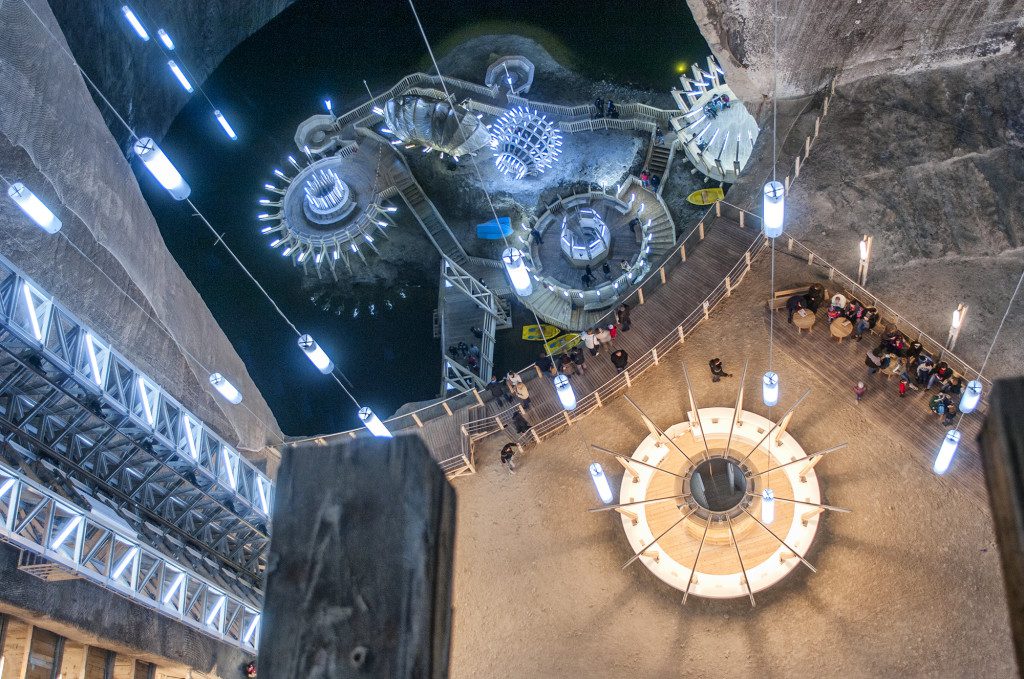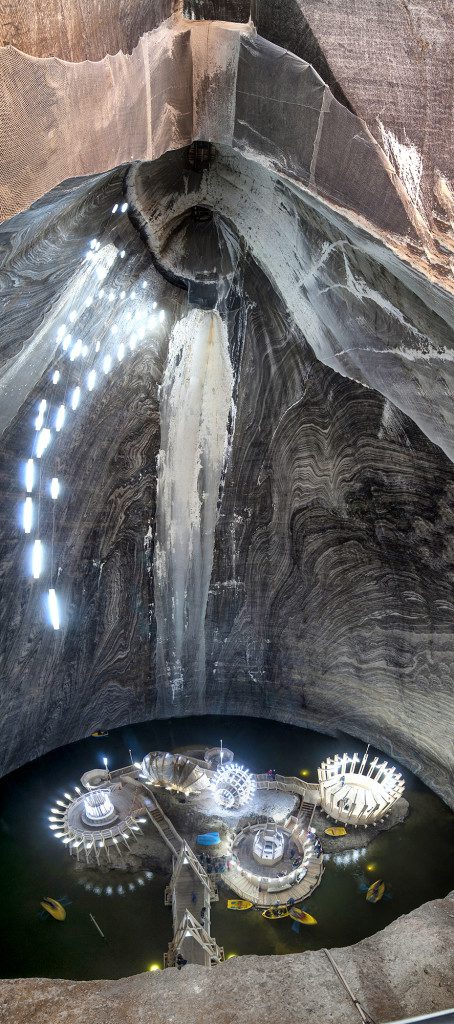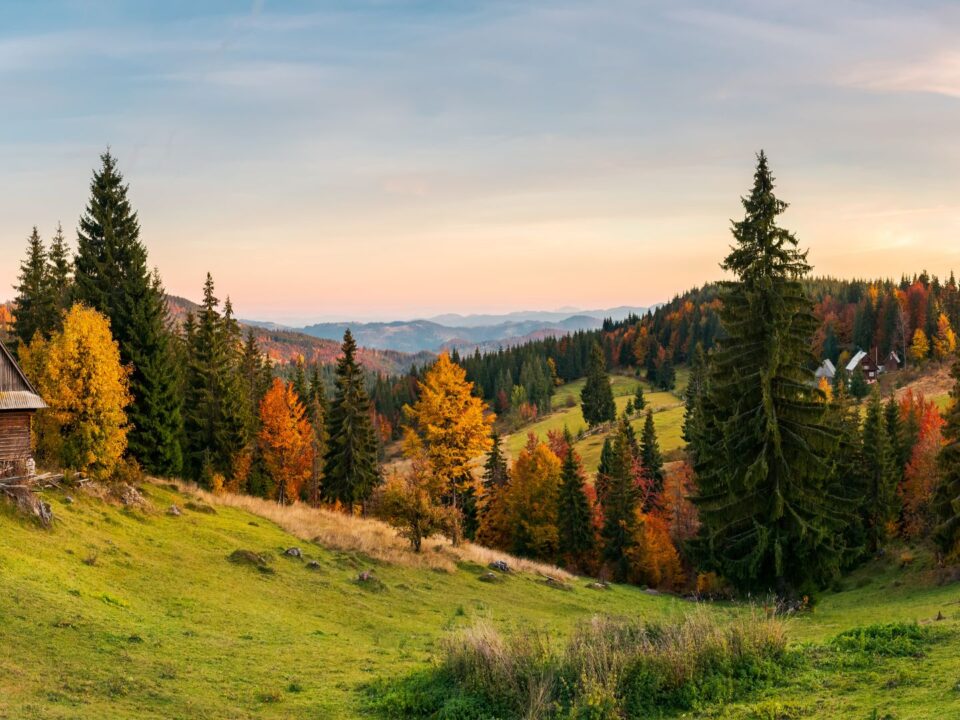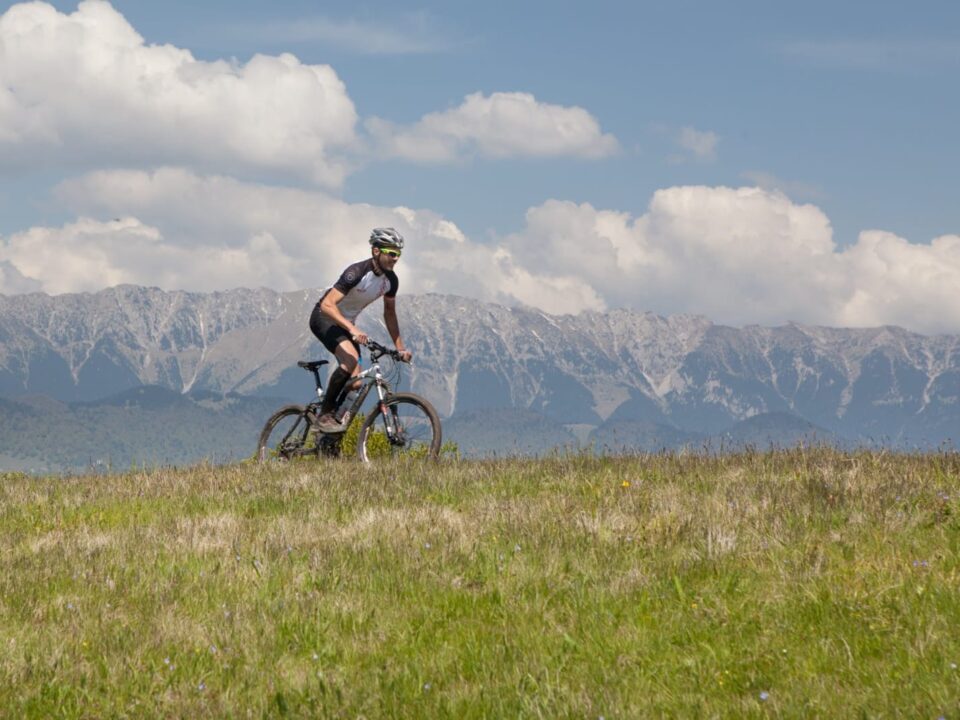Personalized Wedding Invitations
October 27, 2013Beyond Dracula at WTM London 2013
November 13, 2013Down under, in the Turda Salt Mine
The Turda Salt Mine is one of the coolest places you’ll ever see, hands down. Iceland in the summer, the Giant’s Causeway or, to bring it closer to home, Salar de Uyuni kind of cool. When in Transylvania, make sure you include the newly pimped Turda Salt Mine in your tour, to get your fix of cool, pun obviously intended.
Layers of history
Over 13 million years ago, green Transylvania was but a spread of roaming sea. Due to the hot climate, the waters evaporated, leaving behind buzzillions of tons of sea salt, in thick and compact layers, spreading for dozens of kilometers under the rolling hills. The Turda region has one of the thickest layers of the purest salt, exploited extensively already since the Roman occupation. The current mine tunnel systems of Turda date back to the 17th century. The salt exploitation works stopped in 1932, then the tunnel systems served as an air-raid system during the WWII and as cheese deposits during the Communist period, go figure. In 1992, the mine opened to the public. Nowadays, the Turda Salt Mine is one of the most exciting tourist attractions in Romania, visited by millions every year.
Cover me, I’m going in!
As you enter the salt mine through the Franz Josef Gallery, via a long corridor, you are welcomed by a salty, chilly draft. The salt mine has a constant temperature of 11-12 degrees Celsius, so dress well and wear comfortable shoes, for you will walk quite a bit. First, you get to see wooden salt exploitation machines from the Medieval times and a sober Christian altar carved in the salt wall. As you advance, you enter the Echo Room, a conical mine chamber 112 meters deep which will dutifully repeat 3 times any nonsense you will scream from the balcony on the top of the chamber.
And then, a UFO!
Practically nothing you’ve seen looks quite like the next galleries, the Rudolf Gallery and the Terezia Gallery. Briefly, Rudolf looks like a Plutonian community playground, as it is vast enough to host a mini-golf field, a bowling lane, a basketball field, billiard and ping-pong tables, a concert amphitheater and a ferris wheel. Either down the stairs or using the elevator, you can go to the next level of awesomeness: the Terezia Gallery. Terezia is bell-shaped and humongous enough to sport its own salt “cascade” (a frozen-like flow of salt stalactites along one of the 90 meters high walls), a salty water lake at the bottom of the pit, with boats available, and even a small salt island inhabited by benches that mimic gigantic oceanic fossils.
Gesundheit!
Visiting the Turda Salt Mine will normally take you 2 to 3 hours. After the visit, people say that they feel lighter, breathing better, due to the therapeutic, ionized air of these mines. In such a salty environment, there are practically no germs, no allergens. Thousands of people with lung diseases and allergies come to the Turda Salt Mine for treatment. It’s like you and your fellow visitors are in an otherworldly health center. And you get to play bowling while at it.
Bonus track
Curious how all this looks like? Please make sure to visit it during your next trip to Romania! As a teaser, here’s the Romanian Band Byron playing live in the Turda Salt Mine amphitheater.






